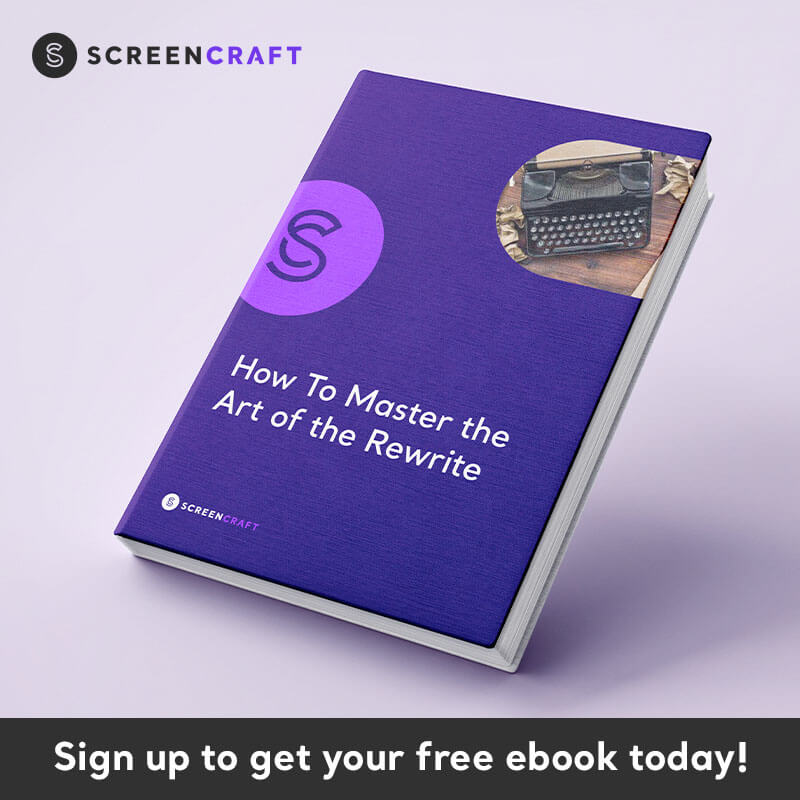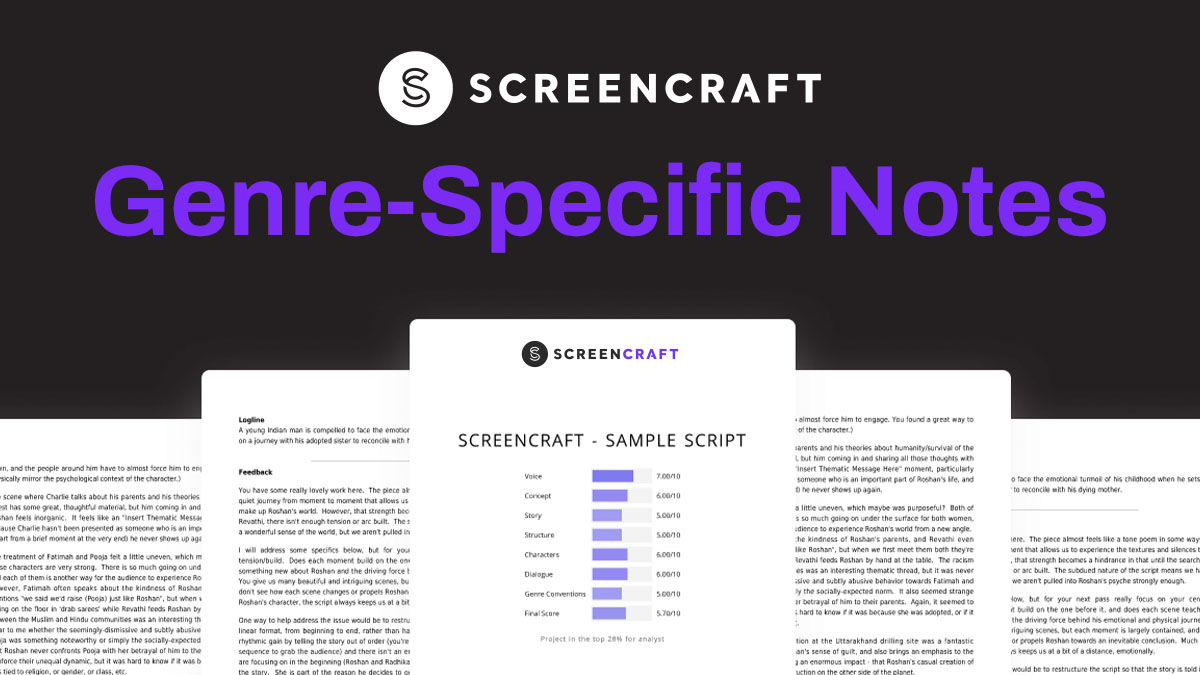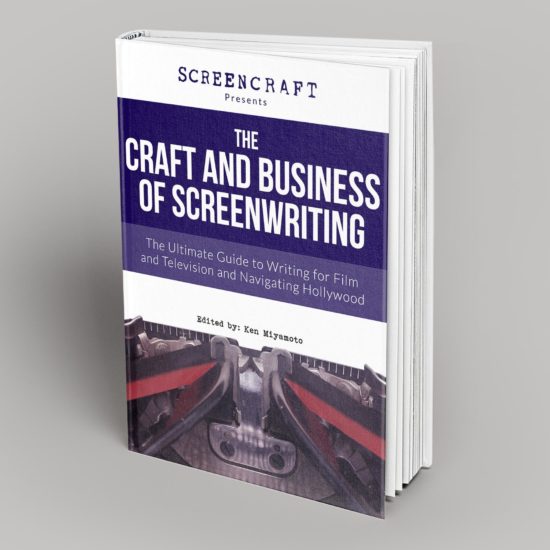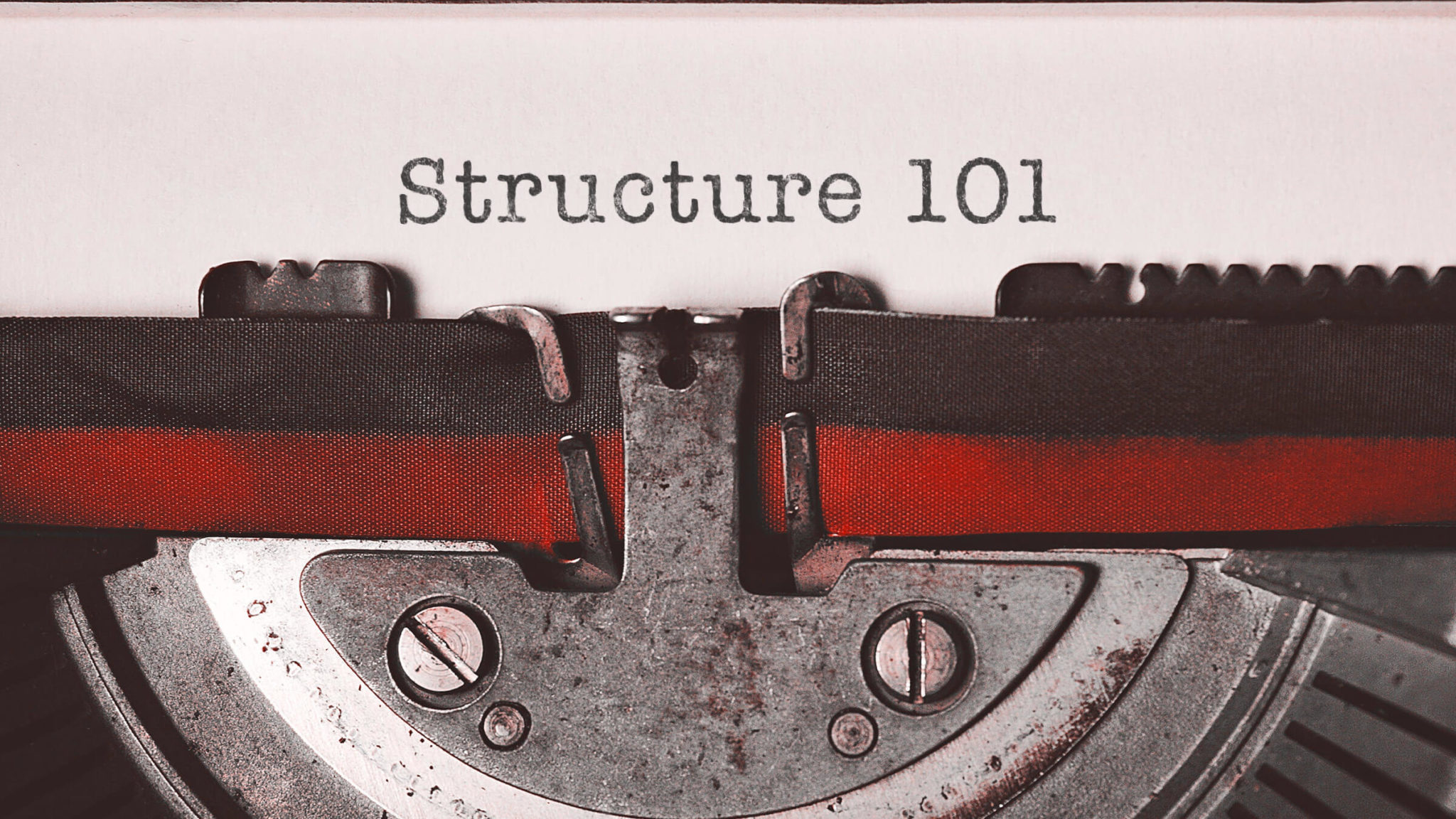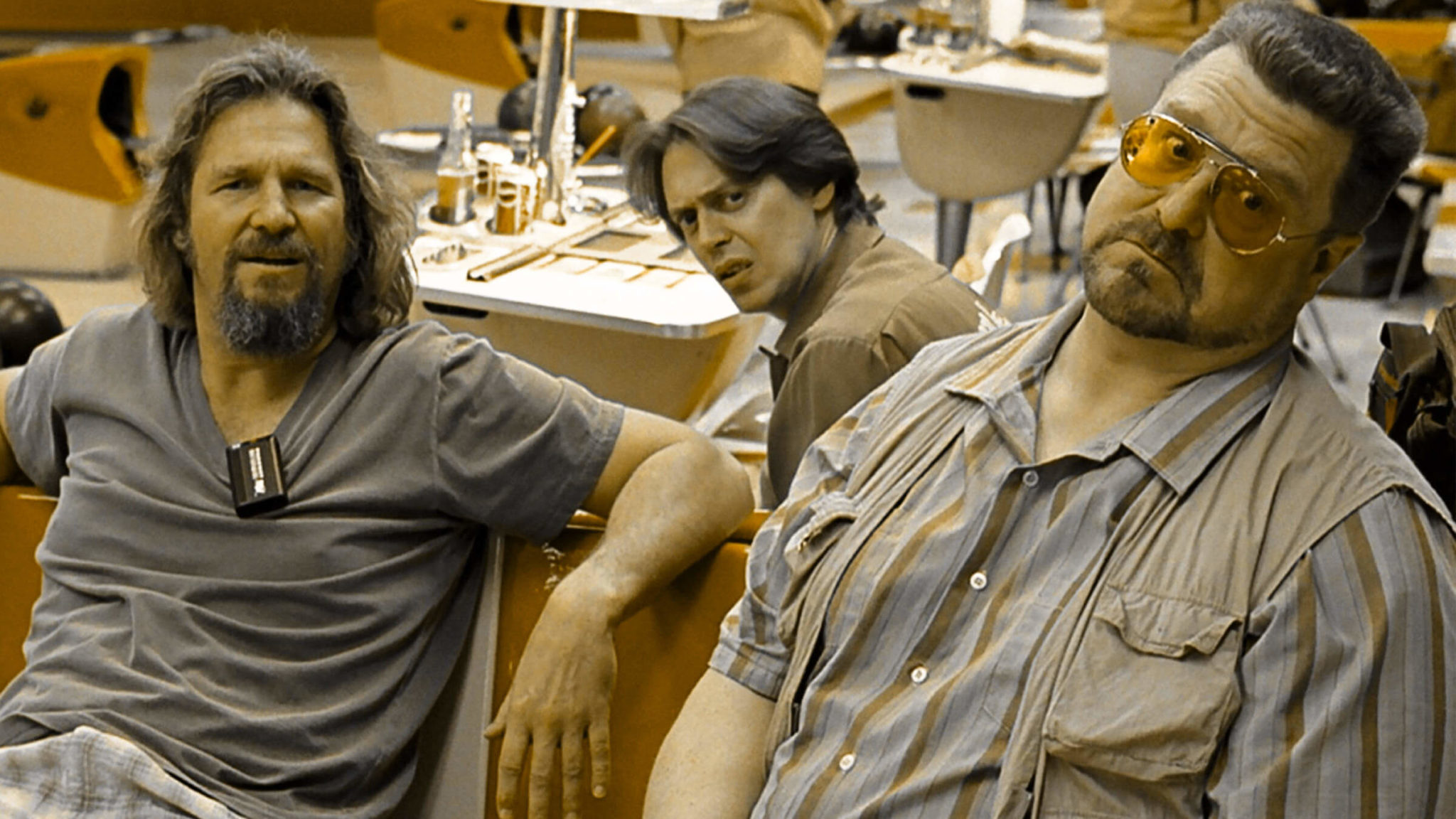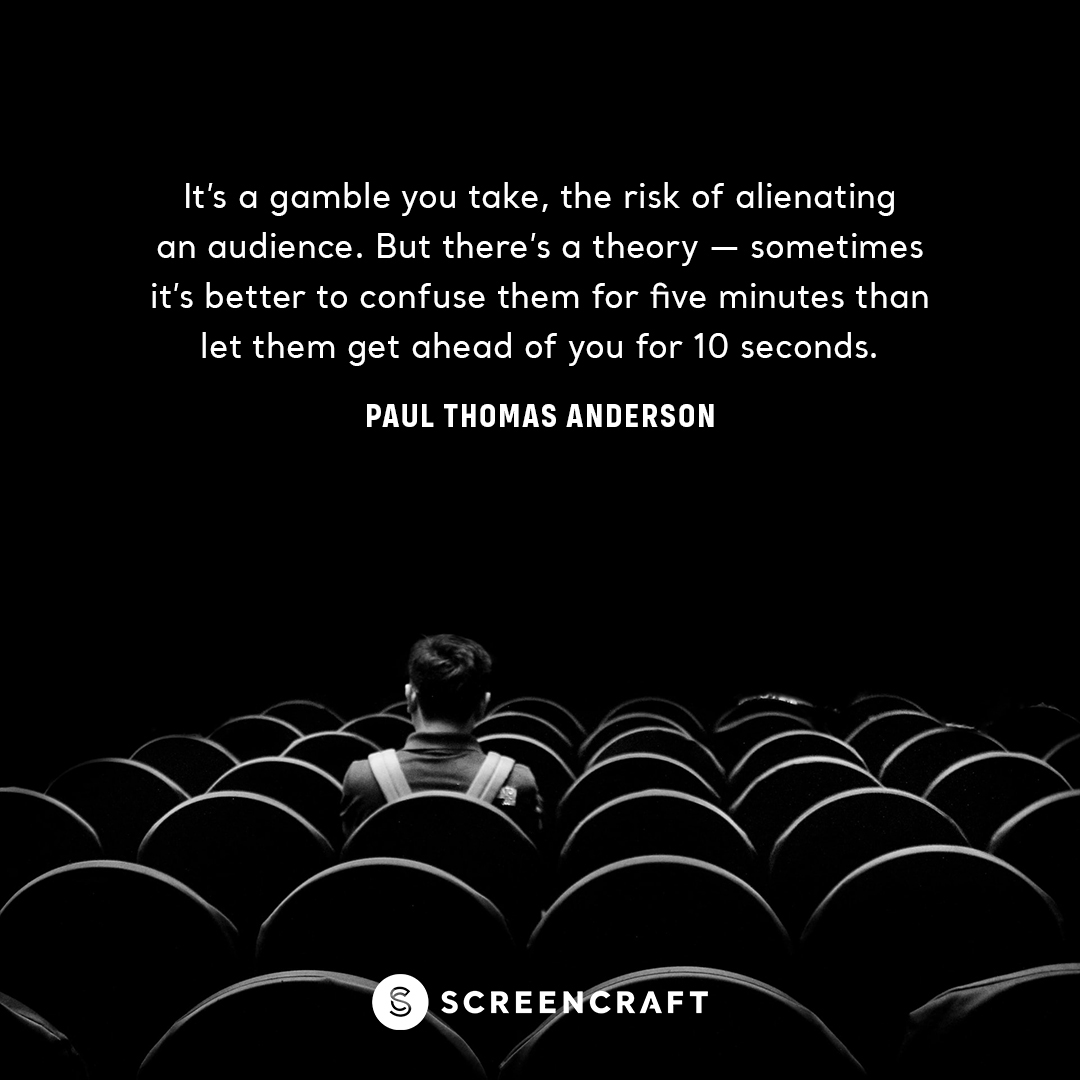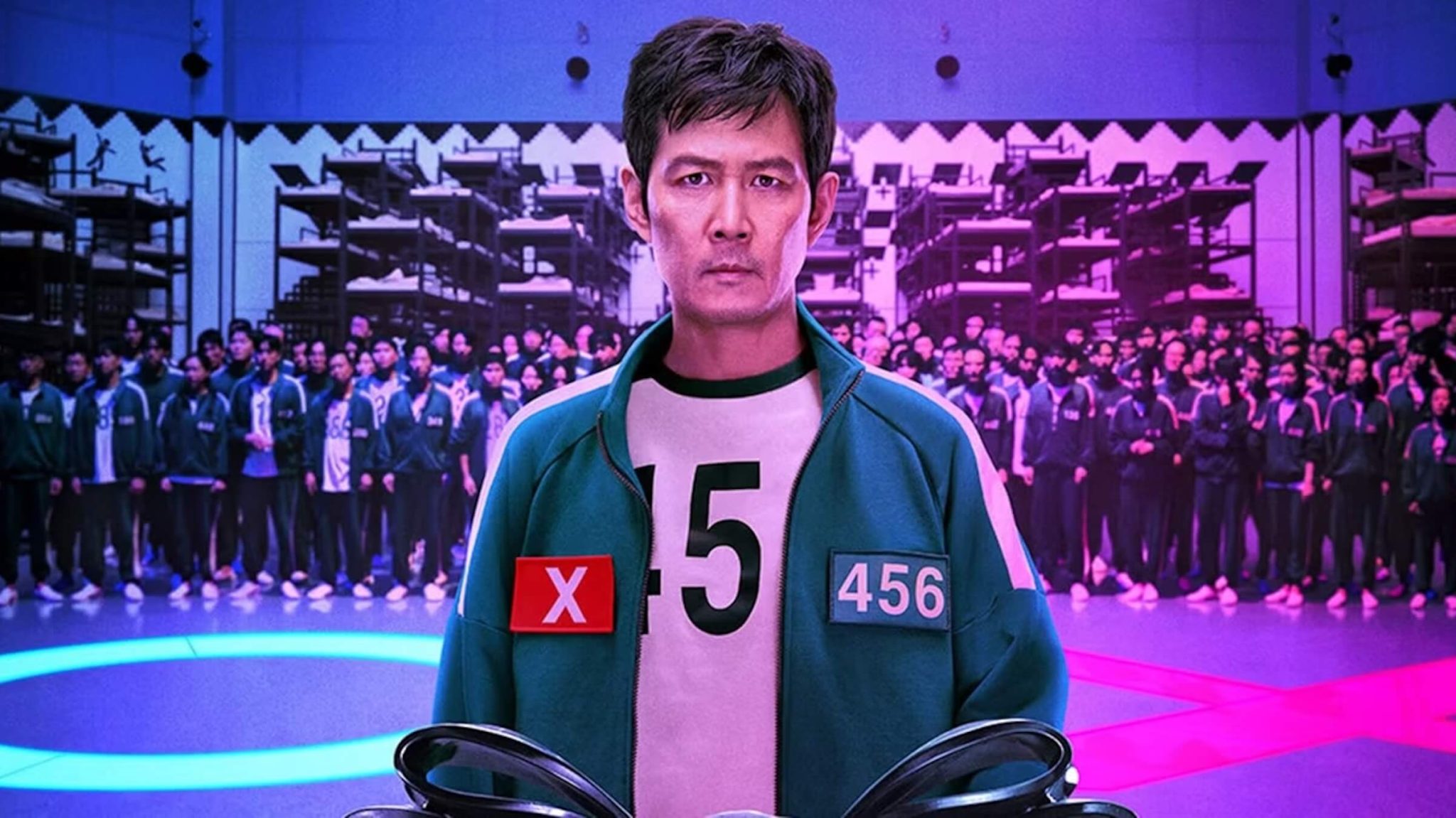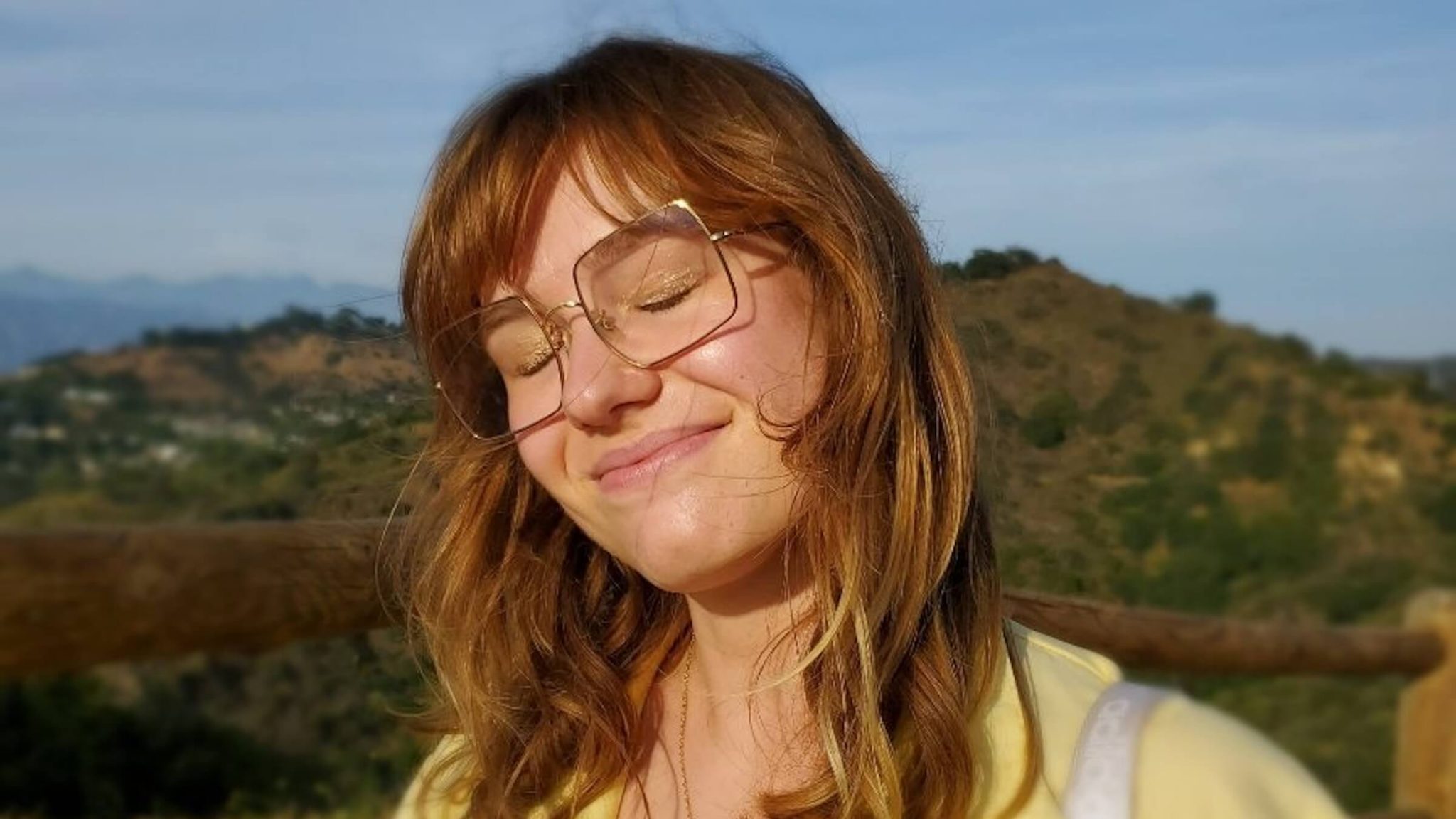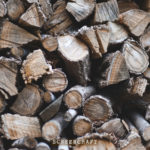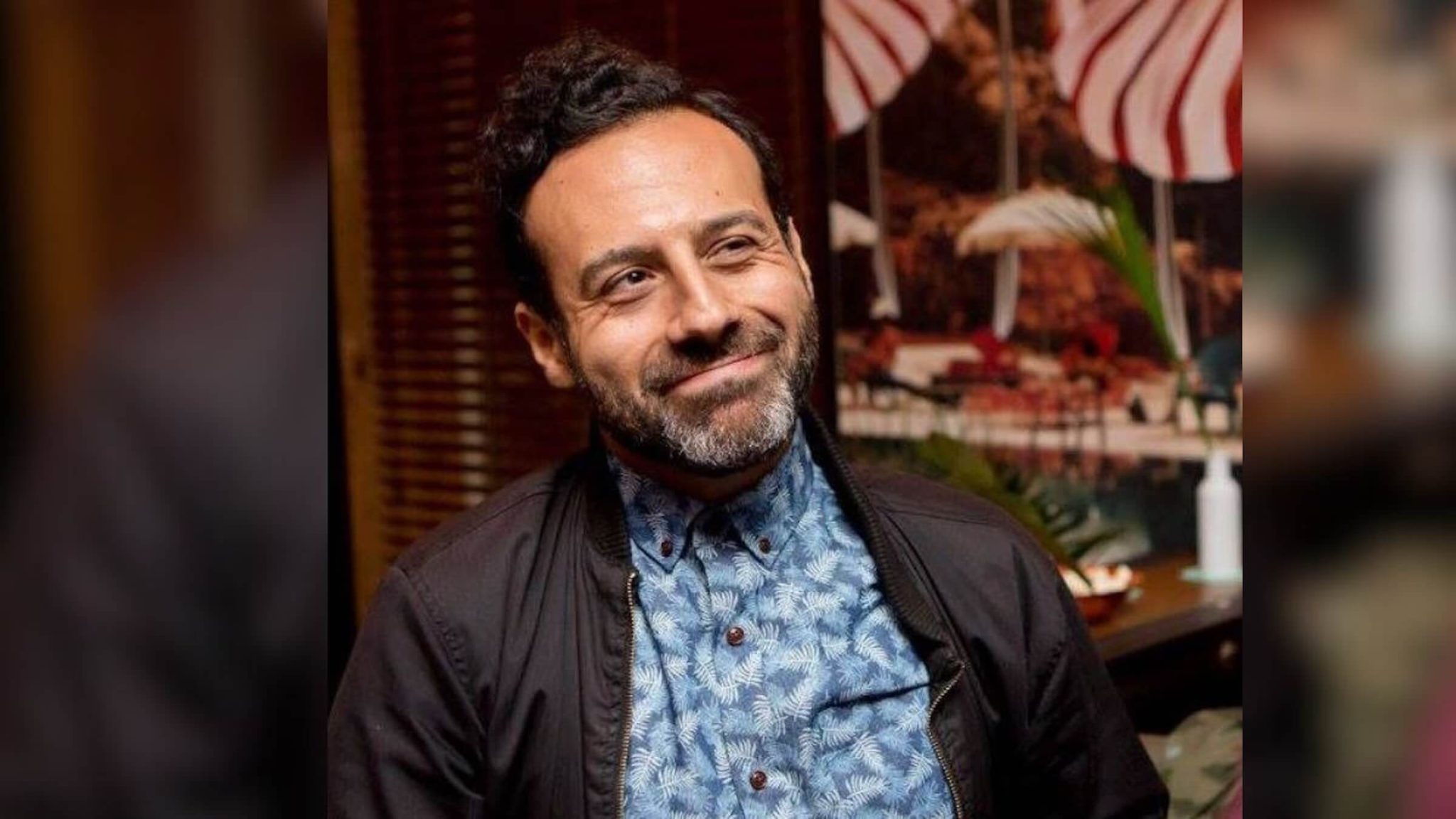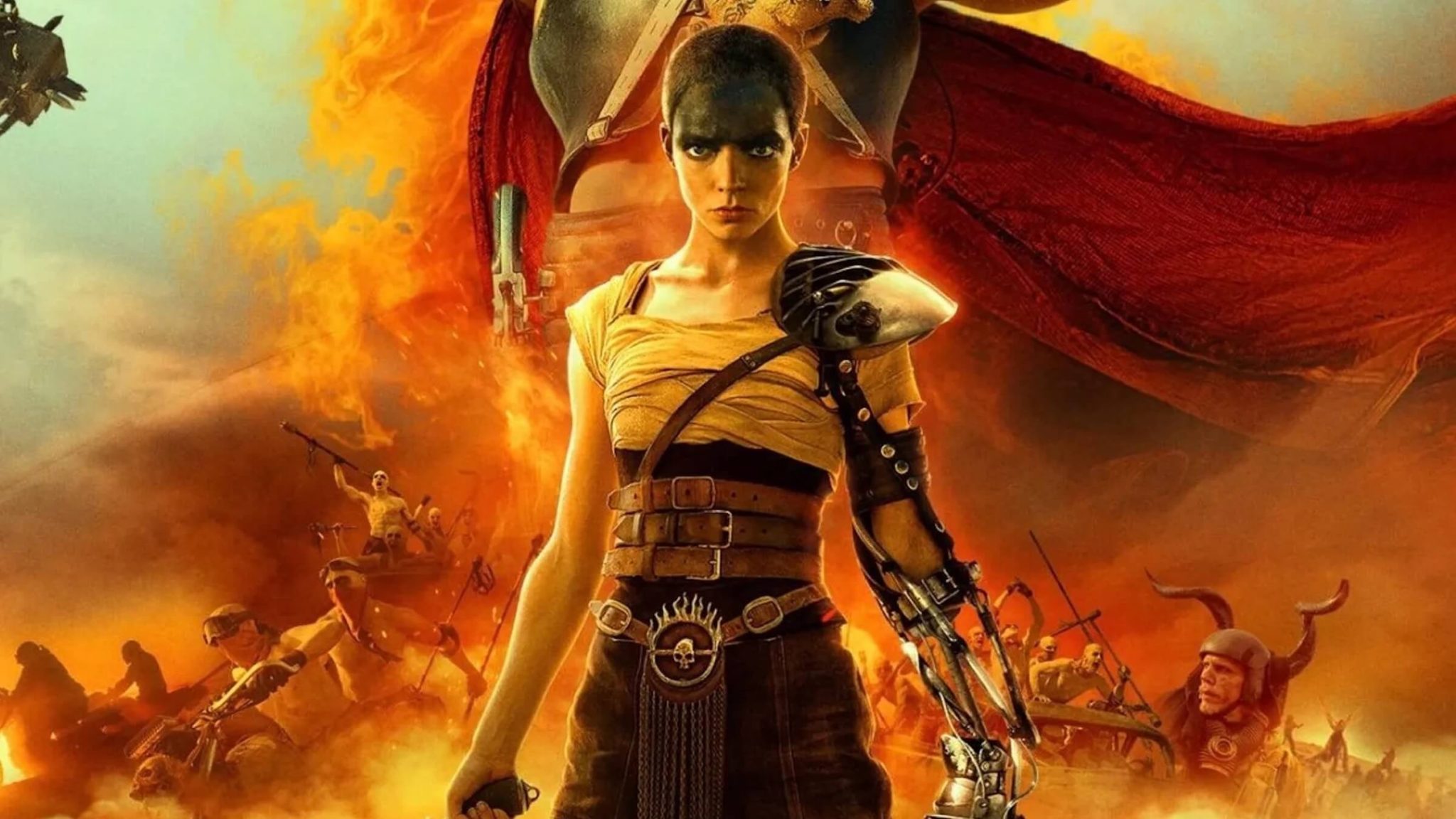Anatomy of a ScreenCraft Screenplay Competition: How We Evaluate Scripts

One of the hardest parts of being a writer is sending your work out into the world.
When you're ideating, outlining, crafting, writing and revising, you're in control. You might get lost in Act II, you might doubt your abilities, you might slam your computer screen closed or throw out your notes... but you're in control of the process. The only one who can finish or abandon that project is you. The pursuit can be lonely—even if you have a writing partner—but it's yours.
When you take the plunge and submit your script to a screenplay competition or a development notes service or a literary manager or agent, or even your friendly neighborhood florist, you give up that control. The script is literally out of your hands. And in the case of a screenplay competition, you don't even know specifically whose hands you are putting your script into. It's an act of trust and a leap of faith. We understand this, and we thought it might be of interest if we provided a window into the anatomy of a ScreenCraft screenwriting competition.
Internally, we have an unofficial motto we drill into our readers. We don't have it hanging in a frame in the office, but it's there all the same, in spades. Internally, we talk about the 3 Ps: Passionate, Paranoid, Purposeful. We're passionate about discovering great writers and projects. We're paranoid about missing an amazing voice and talent. And we're purposeful about our process and intentions. These 3 Ps have became our unofficial motto.
ScreenCraft is very much in the habit of empowering our readers and making them feel connected to and responsible for launching screenwriting careers. We want our readers passionate. We want them emotionally invested. We want them to call or text us at all hours of the day or night to tell us that they're thirty pages into a script and they think it's the winner. And they do. We're connected in the pursuit. We're miners, we're scouts, we're treasure hunters. Judging screenplays is first and foremost a human process and an emotional endeavor. It's not about data analysis, it's not about trends and shortcuts, and it's not about automation. Anyone who thinks otherwise shouldn't be entrusted with analyzing screenplays or running a screenwriting competition. Our process is wholly about hand-selecting our readers and empowering them to get emotionally invested and do their best work.
Here's how we do that:
In the early rounds of the screenplay competition, it's important for us to recognize and isolate the most promising scripts as thoroughly and efficiently as possible. We focus on having multiple reads from multiple readers and add additional reads at each round to ensure we're fully assessing every project and limiting subjectivity. And perhaps most important is who is reading.
ScreenCraft readers must have at least a year of relevant industry experience, though the reality is that all our current readers have several years of experience. Readers aren't interchangeable; they aren't just numbers we hire and rotate in and out to fill quotas; we meet all of our readers personally, and vet them intensively by looking at their industry experience and reading their script coverage examples. Ideally, they still read in the industry so that their finger is on the pulse of what's selling and gaining traction in the current market. But they also need to have at least one year of experience crafting feedback specifically for writers. It's important that our readers be able to not just analyze the story, but also craft constructive feedback that can help writers at all levels improve.
Quarterfinalists (top 25%) → Semifinalists (top 10%) → Finalist & Winners
Once the multiple reads have narrowed a ScreenCraft contest down to the top 25% or so quarterfinalists (usually around one or two hundred scripts), the advancing scripts receive another round of evaluations. This round of scores is averaged with the previous round which determines the top 10% or so of semifinalists (usually around fifty to a hundred scripts). These scripts advance to receive another round of evaluations and scores which are averaged with the previous two rounds to determine the ranking of finalists.
Here's an example of the scorecard that each project receives at each round of evaluation from a professional reader:
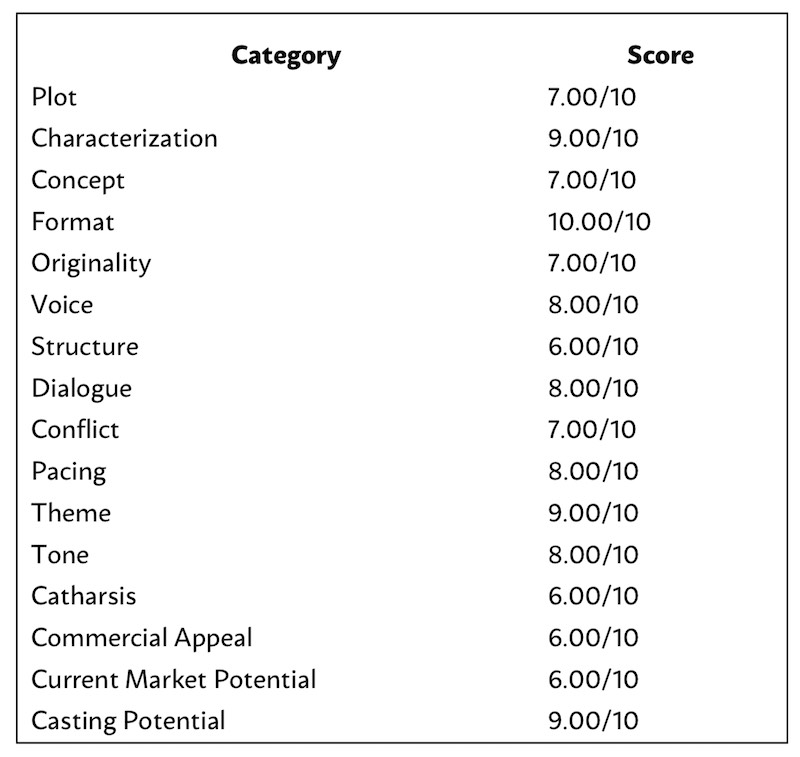
While it could be argued that rating something as subjective as "tone" or "casting potentiaal" on a 10-point scale is impossible, we have found that requiring readers to put their consideration of a script's strengths into categories and rating them on a numerical scale helps a reader think about the project comparatively. All our readers know that the average distribution of scores should fall around 5 or 6, so they are sparing with handing out 8's and 9's for only the most impressive projects.
At the finalist stage, our evaluation process evolves from being mostly about great readers providing many scores and becomes even more of a conversation. Our core team of development executives (Cameron, Tom, Emily and John) sit down with our best readers— and discuss which projects are the strongest and which voices are the most distinctive. This is usually the longest part of the process because it is such a deep dive and a back-and-forth conversation. We question, we agonize, we challenge and we obsess until we feel confident and excited about the final slate.
From there, when we have narrowed the competition down to 5-10 finalist scripts, those are sent to the industry jury for the final rankings. Every ScreenCraft contest has 3-5 jurors who are usually creative execs, literary managers, or writers in the industry. These jurors read at this level not just to help us determine the winners, but also so that the top ScreenCraft writers are getting exposure to these industry players. Once the judges have turned in their notes and rankings, we look for a strong consensus. We balance that consensus with our internal notes and select our winner, runner-up and finalists.
Notifying the winners and announcing the results publicly is the fun part, the culmination of months of intense analytical back-and-forth. And now the real work begins: championing the writers to the industry. That work is never done, but the endeavor is always worth it.
Hear from some of our past winners about their experience here.
For all the latest ScreenCraft news and updates, follow us on Twitter, Facebook, and Instagram.
Get Our Screenwriting Newsletter!
Get weekly writing inspiration delivered to your inbox - including industry news, popular articles, and more!

